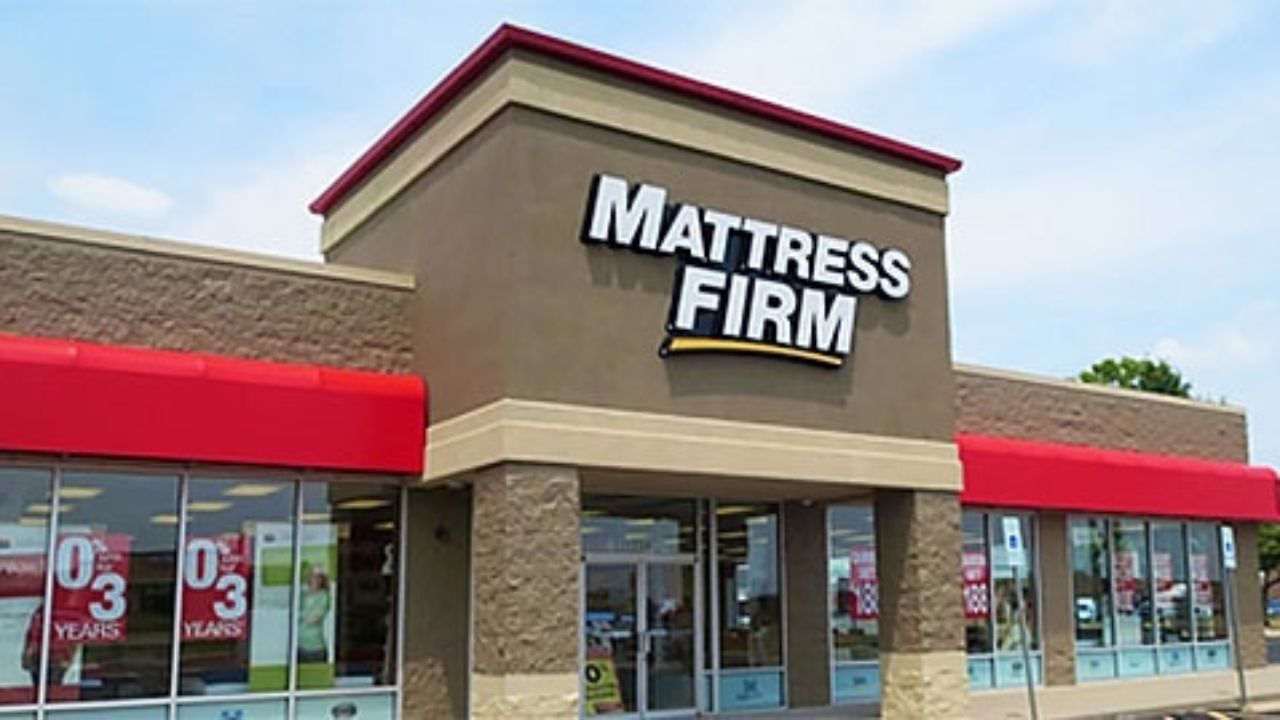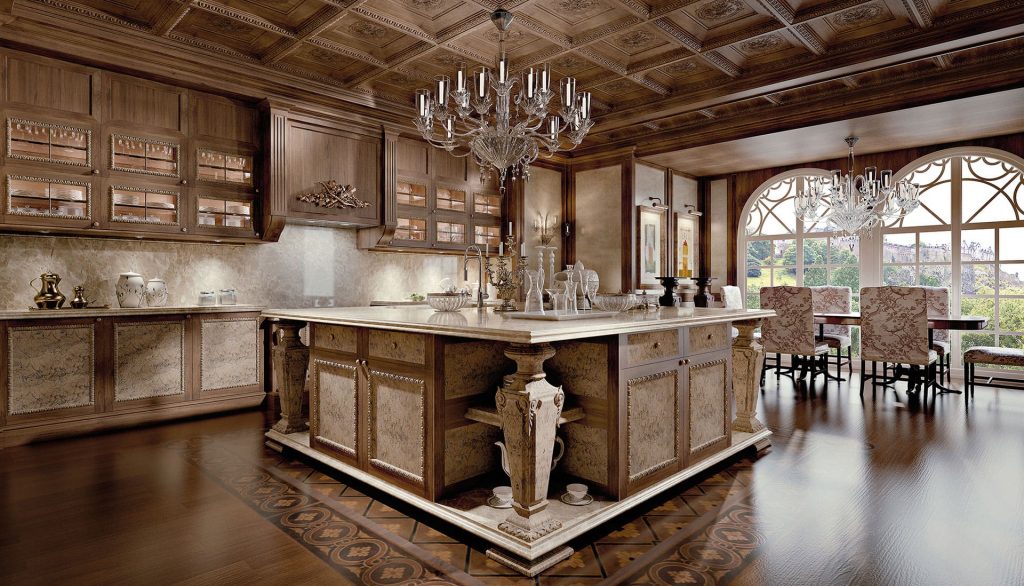The "work triangle" is a fundamental concept in kitchen design that helps create a functional and efficient space for cooking and food preparation. It refers to the imaginary triangle formed by the three main work areas in a kitchen - the stove, sink, and refrigerator. This concept was developed in the 1940s and has been widely used by designers and architects ever since. Understanding the work triangle and its principles is crucial when planning a kitchen remodel or building a new kitchen from scratch.
1) Understanding the "Work Triangle" in Kitchen Design
1) Understanding the "Work Triangle" in Kitchen Design 2) Planning a Functional Kitchen: The Work Triangle 3) Optimizing Your Kitchen's Work Triangle 4) The Basics of Kitchen Design - Work Triangle and Layout 5) Work Triangle Kitchen Layout: How to Create the Perfect Design 6) How to Design a Kitchen Around the Work Triangle Concept 7) The Importance of a Well-Designed Work Triangle in Your Kitchen 8) 5 Rules of Kitchen Design to Optimize Your Work Triangle 9) The Work Triangle: One Fundamental of Kitchen Design 10) Primary Principles of Kitchen Design: The Work Triangle Approach
The main goal of the work triangle is to reduce the amount of unnecessary movement in the kitchen, saving time and energy for the cook. The idea is that the three points of the triangle should be close enough to each other so that the cook can easily move between them while preparing a meal. This not only increases efficiency, but it also promotes safety as it minimizes the risk of accidents, such as spills or burns.
2) Planning a Functional Kitchen: The Work Triangle
To optimize the work triangle in your kitchen, there are a few key factors to consider. First, the triangle should not intersect with any other major traffic areas in the kitchen, such as doorways or the entrance to the kitchen. Second, the three sides of the triangle should ideally measure between 3-7 feet each, with a total of no more than 22 feet. This allows for efficient movement without excessive walking. Finally, there should be enough countertop space near each point of the triangle to ensure a smooth workflow.
3) Optimizing Your Kitchen's Work Triangle
The work triangle is just one aspect of kitchen design, and it should be considered as part of the overall kitchen layout. The shape and size of your kitchen will play a role in determining the most efficient layout for your space. For smaller kitchens, a galley or one-wall layout may work best, while larger kitchens may benefit from an L-shaped or U-shaped design. It's essential to choose a layout that not only maximizes the work triangle but also suits your cooking style and preferences.
4) The Basics of Kitchen Design - Work Triangle and Layout
Creating the perfect work triangle kitchen layout involves finding the right balance between function and form. While it's crucial to have a functional work triangle, the design should also reflect your personal style and aesthetic preferences. Consider factors such as the placement of appliances, cabinetry, and countertops to create a space that is both efficient and visually appealing. Adding decorative touches, such as a backsplash or lighting, can also enhance the overall design of your kitchen.
5) Work Triangle Kitchen Layout: How to Create the Perfect Design
When designing a kitchen around the work triangle concept, it's essential to keep the three main points in mind. The sink, stove, and refrigerator should form the three points of the triangle, with the sink typically being at the center. The placement of these elements will depend on your specific needs and personal preferences. For example, if you do a lot of baking, you may want the oven to be closer to the sink for easy access to water when needed.
6) How to Design a Kitchen Around the Work Triangle Concept
A well-designed work triangle is essential for a functional and efficient kitchen. It can save you time and energy in meal preparation and make cooking a more enjoyable experience. A poorly designed work triangle, on the other hand, can lead to frustration, wasted time, and increased risk of accidents. Investing time and effort into planning and designing a suitable work triangle for your kitchen is crucial for creating a space that meets both your practical and aesthetic needs.
7) The Importance of a Well-Designed Work Triangle in Your Kitchen
While there are no set rules for designing a work triangle, there are some general guidelines that can help optimize the space. First, consider the size of your kitchen and choose a layout that works best. Next, make sure the three main points of your triangle are close enough to each other for efficient movement. Additionally, think about how you'll use the space and tailor the design to your specific needs. Finally, don't be afraid to get creative and add personal touches to make the space uniquely yours.
8) 5 Rules of Kitchen Design to Optimize Your Work Triangle
The work triangle is just one aspect of kitchen design, but it is often considered one of the most critical factors in creating a functional and efficient space. By understanding the principles of the work triangle and incorporating them into your kitchen design, you can create a space that not only looks beautiful but also works seamlessly for cooking and meal preparation.
9) The Work Triangle: One Fundamental of Kitchen Design
The work triangle approach is a fundamental principle of kitchen design that has stood the test of time. It emphasizes the importance of efficiency and safety in the kitchen while still allowing for creativity and personalization. By following the primary principles of kitchen design, with the work triangle as a central concept, you can create a space that is both functional and visually appealing.
10) Primary Principles of Kitchen Design: The Work Triangle Approach
The Benefits of Implementing a Work Triangle Kitchen Design

Efficient Use of Space
 One of the greatest advantages of a work triangle kitchen design is the efficient use of space it offers. The three points of the work triangle are strategically placed to make cooking, cleaning, and food preparation easier and more organized. By having your refrigerator, stove, and sink in close proximity, you can easily move from one task to another without having to constantly criss-cross the kitchen and waste time and energy. This not only makes the cooking process more efficient, but also provides more counter space for food preparation and serving, making the kitchen feel more open and spacious.
One of the greatest advantages of a work triangle kitchen design is the efficient use of space it offers. The three points of the work triangle are strategically placed to make cooking, cleaning, and food preparation easier and more organized. By having your refrigerator, stove, and sink in close proximity, you can easily move from one task to another without having to constantly criss-cross the kitchen and waste time and energy. This not only makes the cooking process more efficient, but also provides more counter space for food preparation and serving, making the kitchen feel more open and spacious.
Optimized Workflow
 In addition to space efficiency, a work triangle kitchen design also optimizes workflow in the kitchen. The three points of the triangle are positioned in a way that creates a natural flow of movement, allowing you to move seamlessly from one task to another without any obstruction. This is especially beneficial for busy households where multiple people are working in the kitchen at the same time. With a well-planned work triangle, there is less chance of collisions and accidents, making the kitchen a safer space for all.
In addition to space efficiency, a work triangle kitchen design also optimizes workflow in the kitchen. The three points of the triangle are positioned in a way that creates a natural flow of movement, allowing you to move seamlessly from one task to another without any obstruction. This is especially beneficial for busy households where multiple people are working in the kitchen at the same time. With a well-planned work triangle, there is less chance of collisions and accidents, making the kitchen a safer space for all.
Improved Ergonomics
 The concept of work triangle in kitchen design is not only about efficiency and workflow, but also about ergonomics. When the three main work areas – stove, sink, and refrigerator – are within easy reach and properly spaced out, it minimizes the strain on your body while performing daily tasks. This is particularly important for those who spend extended periods of time in the kitchen, cooking and preparing meals for their families. A well-designed work triangle can reduce fatigue, improve posture and prevent aches and pains commonly associated with standing and working in the kitchen.
The concept of work triangle in kitchen design is not only about efficiency and workflow, but also about ergonomics. When the three main work areas – stove, sink, and refrigerator – are within easy reach and properly spaced out, it minimizes the strain on your body while performing daily tasks. This is particularly important for those who spend extended periods of time in the kitchen, cooking and preparing meals for their families. A well-designed work triangle can reduce fatigue, improve posture and prevent aches and pains commonly associated with standing and working in the kitchen.
Aesthetic Appeal
 Aside from the practical benefits of a work triangle kitchen design, it also adds to the overall aesthetic appeal of the space. By having a clear and defined layout, it creates a sense of organization and symmetry, making the kitchen look more visually pleasing. Additionally, with the three main work areas neatly arranged, it allows for more creative freedom in terms of decor and design. Appliances and fixtures can be strategically placed within the work triangle, adding to the overall visual appeal of the kitchen.
Implementing a work triangle kitchen design not only enhances the functionality and efficiency of your kitchen, but also adds to the overall value and appeal of your home. With its many benefits, this design concept has become a popular choice among homeowners and is definitely worth considering for your own kitchen remodel. Trust us, your future self will thank you for it.
Aside from the practical benefits of a work triangle kitchen design, it also adds to the overall aesthetic appeal of the space. By having a clear and defined layout, it creates a sense of organization and symmetry, making the kitchen look more visually pleasing. Additionally, with the three main work areas neatly arranged, it allows for more creative freedom in terms of decor and design. Appliances and fixtures can be strategically placed within the work triangle, adding to the overall visual appeal of the kitchen.
Implementing a work triangle kitchen design not only enhances the functionality and efficiency of your kitchen, but also adds to the overall value and appeal of your home. With its many benefits, this design concept has become a popular choice among homeowners and is definitely worth considering for your own kitchen remodel. Trust us, your future self will thank you for it.











































